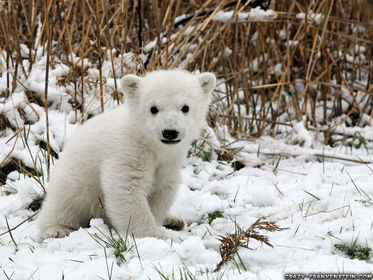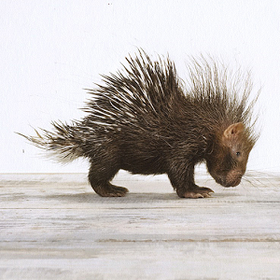
Physics 1

The solar system
-Geocentric: The planets orbit the Earth
-Heliocentric: The planets orbit the sun

ways of observing the universe
-the naked eye can see stars/planets
-telescopes see more distant stars
-photographs provide a record of observation

Reflection and Refraction
Light travels in waves, normally in straight lines unless it is reflected or refracted.

Telescopes
The first telescope used lenses to gather light and to magnify the image

Reflecting telescope uses a curved mirror to gather light from distant objects and a converging lens as an eyepiece to magnify the image.
Waves
Waves transfer energy without transferring matter. Waves can be described by their:
-Frequency- measured in hertz (Hz)
-Speed- metres per second (m/s)
-Wavelength- amplitude
Colours of the visible spectrum are:
Red, orange, yellow, green, blue,
indigo and violet

William Herschel discovered infrared radiation. He used a prism to split lights into the colours of the visible spectrum. He used a thermometer to investigate the heating effect from each colour. The heating increased from violet to red. He investigated the region beyond the red. He found an even bigger heating effect. He had discovered infrared radiation
All electromagnetic waves are transverse waves.
All electromagnetic waves travel at the same speed in a vacuum

Radio waves have the longest wavelength and the lowest frequency.

Ionising radiation
All electromagnetic waves transfer energy. Amount of energy transferred depends on the frequency of the wave. The higher the frequency, the more energy the wave transfers.
Galaxy:
A collection of millions of stars. The sun is part of a galaxy called the milky way.

Exploring the Universe- modern telescopes
Development:impact
Greater magnifications: we can observe galaxies that are far away
recording observations using photography or digital cameras: we can gather more data
Alien Life- signs of life
-water on the planet
-Oxygen levels
-chemical changes

Life cycle of a star
1. Nebula
2. protostar
3. main sequence star
4. red giant/red supergiant
5. white dwarf/supernova
6. black dwarf/ neutron star or black hole
Big band theory-
The whole Universe started out 3.5 billion years ago. The Universe expanded from a tiny particle in space and is still expanding today.


 Hide known cards
Hide known cards